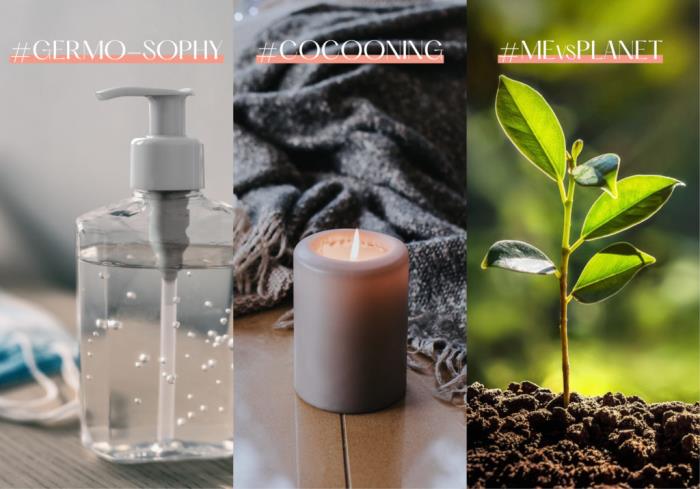

In many ways, traditional consumption patterns have drastically altered the usage rates of cosmetics and fragrances. In both France and the US, these have resulted mainly from imposed social distancing measures like working from home, limited social outings and new hygiene norms – face masks. However, in Brazil, the decline in these categories stem from both social distancing and economic rationales.
These changes have helped us determine three key lifestyle drivers:
- Germ-osophy: a heightened awareness of hygiene and health
- Cocooning: an increased desire to improve the health and quality of the home
- Me vs. the Planet: tension between concerns for sustainability and demand for product effectiveness
In parallel to new lifestyle habits, purchasing criteria has also shifted. The most common purchasing drivers for consumers when selecting products are function, efficiency, price and experience. The pandemic has brought to the forefront additional purchase needs when selecting beauty, personal and home care products like the eco-responsibility factor, safety and product impact on health and well-being.
Purchase decisions differ slightly depending on local nuances, but our study has shown that since the pandemic, buying habits now rotate between the need for personal safety and hygienic products, environmental sustainability and simple functionality or price.
Personal Care
Globally, the consumption of bath and shower products increased significantly, between 10% and 34% increase depending on the country, which could be due to spending more time at home, indulging in self-care and increased exercise. The biggest net increases in category need for these products focused on being COVID-19 safe – a product with anti-bacterial properties and tamper-proof packaging.
Ensuing category needs for French consumers feature sustainability in terms of product ingredients, packaging, and effectiveness. For Chinese consumers it was protection against pollution. Brazilian and American consumers were more price sensitive.
The hair care category evolved very differently depending on country. In the US and France, not much change was seen in consumption albeit a slight decrease in the use of shampoo and hair color kits from French consumers. On the other hand, Chinese consumption of hair care increased with 23% of consumers declaring using the category more whereas 43% of Brazilian consumers declared using it less often. Eco-responsibility was the overwhelming purchase criteria, 55% for hair products, with consumers looking at sustainability issues, ease of use, efficiency, safety and natural ingredients.
The body care category saw various needs with two main drivers. One driver was efficiency combined with texture and fragrance. The second being product impact on health and wellbeing: safe packaging and products with harmless ingredients.
Skin Care and Beauty
Skincare purchase drivers focused on product efficiency with active ingredients that are easy to use. This is closely followed by eco-responsible concerns ranging from a focus on the traceability of the product journey and natural ingredients.
Health and wellbeing concerns made up the majority of the purchase criteria for Lipstick (56%), especially relating to the product’s shelf-life, touchless application and harmless ingredients.
A surprising 78% of global consumers consider eco-responsible product when they are buying. For example, a desire for natural formulas, not tested on animals and tamper-proof packaging. Purchase drivers for eye makeup were also predominantly focused on eco-responsibility.
Home Care
When it comes to home care, consumers overwhelmingly maintain basic and traditional needs for multi-purpose cleaners (62%) and air refresheners (57%). This includes aspects such as efficiency, ease of use and especially mess-free (does not require touching). Although basic needs are important in home fragrances as well, this category has seen eco-responsibility concerns taking the helm with a focus on hygienic attributes – a safe and tamper-proof product that has antibacterial properties and that is easy to re-use or refill. This reflects new lifestyle habits that involve a new interest in keeping the home clean, healthy and positive for mental and physical wellness.
To learn more about the evolving effects of the pandemic on consumers and the beauty, personal care and home care markets – stay tuned. We will soon launch our third wave of research to track our findings and identify shifts in order to provide the best foresight to our clients.




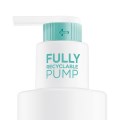
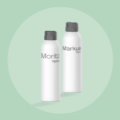
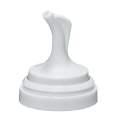
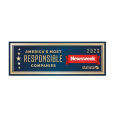


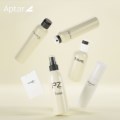

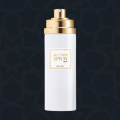


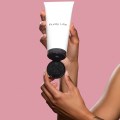



.jpg)

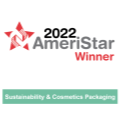
.jpg)
.jpg)
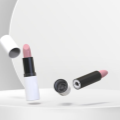
.jpg)


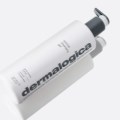
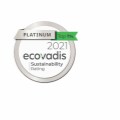

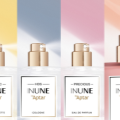









.jpg)
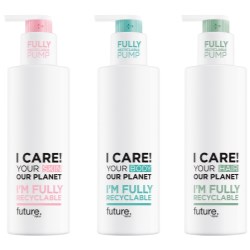
.jpg)

.jpg)
